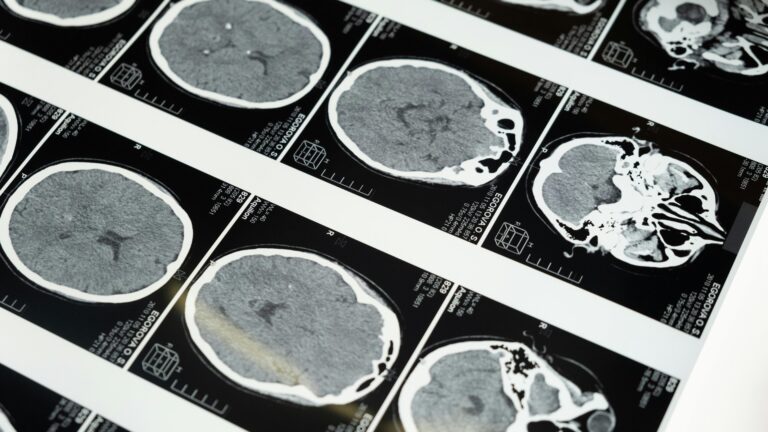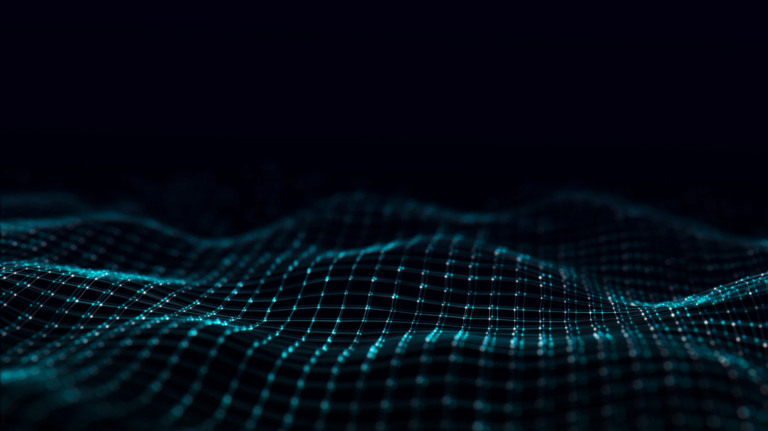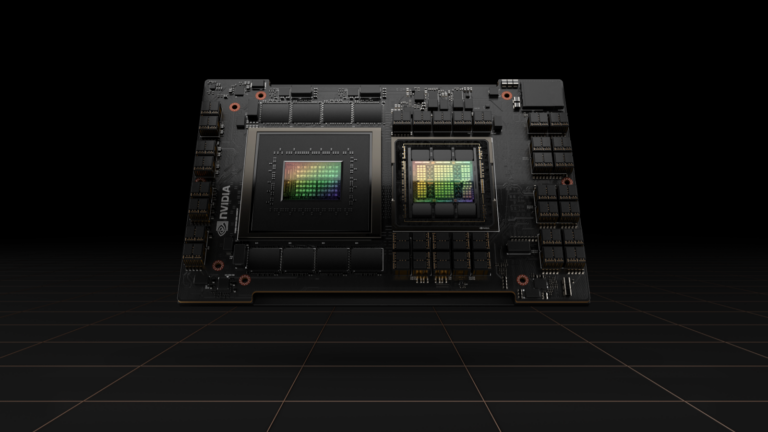Ahead of a visit to the hospital for a surgical procedure, patients often have plenty of questions about what to expect — and can be plenty nervous. To help minimize pre-surgery jitters, NVIDIA and Deloitte are developing AI agents using NVIDIA AI to bring the next generation of digital, frontline teammates to patients before they
Read Article
 New research from the University of Washington is refining AI weather models using deep learning for more accurate predictions and longer-term forecasts. The…
New research from the University of Washington is refining AI weather models using deep learning for more accurate predictions and longer-term forecasts. The…
New research from the University of Washington is refining AI weather models using deep learning for more accurate predictions and longer-term forecasts. The study, published in Geophysical Research Letters, shows how adjusting initial atmospheric data enables advanced AI models to extend current forecast limits. As extreme weather becomes increasingly more severe and frequent due to climate…
Llama 3.2 in Keras
 Researchers at UCLA have developed a new AI model that can expertly analyze 3D medical images of diseases in a fraction of the time it would otherwise take a…
Researchers at UCLA have developed a new AI model that can expertly analyze 3D medical images of diseases in a fraction of the time it would otherwise take a…
Researchers at UCLA have developed a new AI model that can expertly analyze 3D medical images of diseases in a fraction of the time it would otherwise take a human clinical specialist. The deep-learning framework, named SLIViT (SLice Integration by Vision Transformer), analyzes images from different imagery modalities, including retinal scans, ultrasound videos, CTs, MRIs, and others…
Improving the sustainability of manufacturing involves optimizing entire product lifecycles — from material sourcing and transportation to design, production, distribution and end-of-life disposal. According to the International Energy Agency, reducing the carbon footprint of industrial production by just 1% could save 90 million tons of CO₂ emissions annually. That’s equivalent to taking more than 20
Read Article
What started as two classmates seeking a free graduation trip to Bali subsidized by a university project ended up as an AI-driven sea-cleaning boat prototype built of empty water bottles, hobbyist helicopter blades and a GoPro camera. University of Hong Kong grads Sidhant Gupta and Utkarsh Goel have since then made a splash with their
Read Article
Bundle up this fall with GeForce NOW and Dragon Age: The Veilguard with a special, limited-time promotion just for members. The highly anticipated role-playing game (RPG) leads 10 titles joining the ever-growing GeForce NOW library of over 2,000 games. A Heroic Bundle Fight for Thedas’ future at Ultimate quality this fall as new and existing
Read Article
 Quantum dynamics describe how objects obeying the laws of quantum mechanics interact with their surroundings, ultimately enabling predictions about how matter…
Quantum dynamics describe how objects obeying the laws of quantum mechanics interact with their surroundings, ultimately enabling predictions about how matter…
Quantum dynamics describe how objects obeying the laws of quantum mechanics interact with their surroundings, ultimately enabling predictions about how matter behaves. Accurate quantum dynamics simulations inform the development of new materials, solar cells, batteries, sensors, and many other cutting-edge technologies. They’re also a critical tool in designing and building useful quantum…
 The rapid evolution of AI models has driven the need for more efficient and scalable inferencing solutions. As organizations strive to harness the power of AI,…
The rapid evolution of AI models has driven the need for more efficient and scalable inferencing solutions. As organizations strive to harness the power of AI,…
The rapid evolution of AI models has driven the need for more efficient and scalable inferencing solutions. As organizations strive to harness the power of AI, they face challenges in deploying, managing, and scaling AI inference workloads. NVIDIA NIM and Google Kubernetes Engine (GKE) together offer a powerful solution to address these challenges. NVIDIA has collaborated with Google Cloud to…
 As the demand for high-performance computing (HPC) and AI applications grows, so does the importance of energy efficiency. NVIDIA Principal Developer Technology…
As the demand for high-performance computing (HPC) and AI applications grows, so does the importance of energy efficiency. NVIDIA Principal Developer Technology…
As the demand for high-performance computing (HPC) and AI applications grows, so does the importance of energy efficiency. NVIDIA Principal Developer Technology Engineer, Alan Gray, shares insights on optimizing energy and power efficiency for various applications running on the latest NVIDIA technologies, including NVIDIA H100 Tensor Core GPUs and NVIDIA DGX A100 systems. Traditionally…
